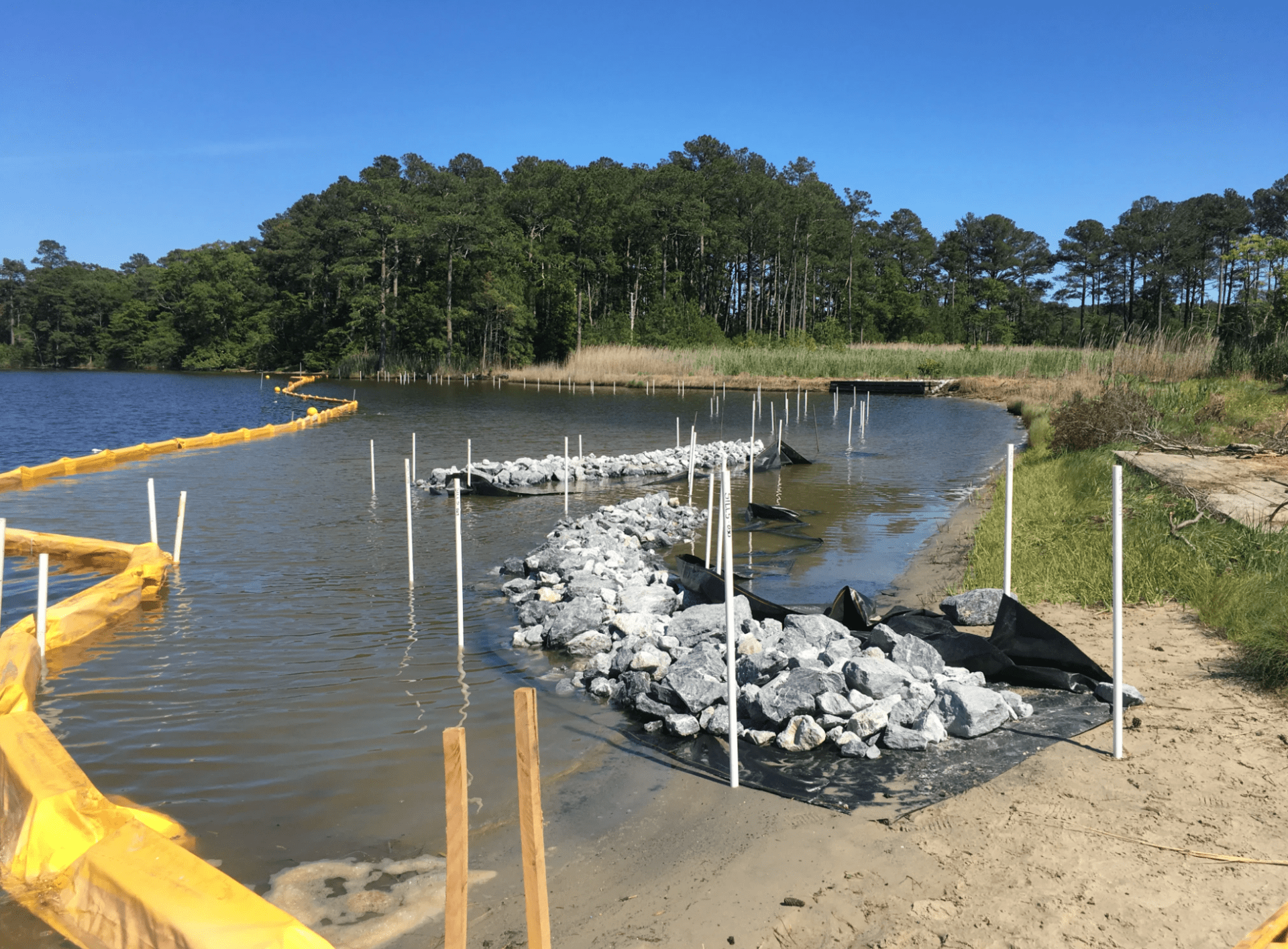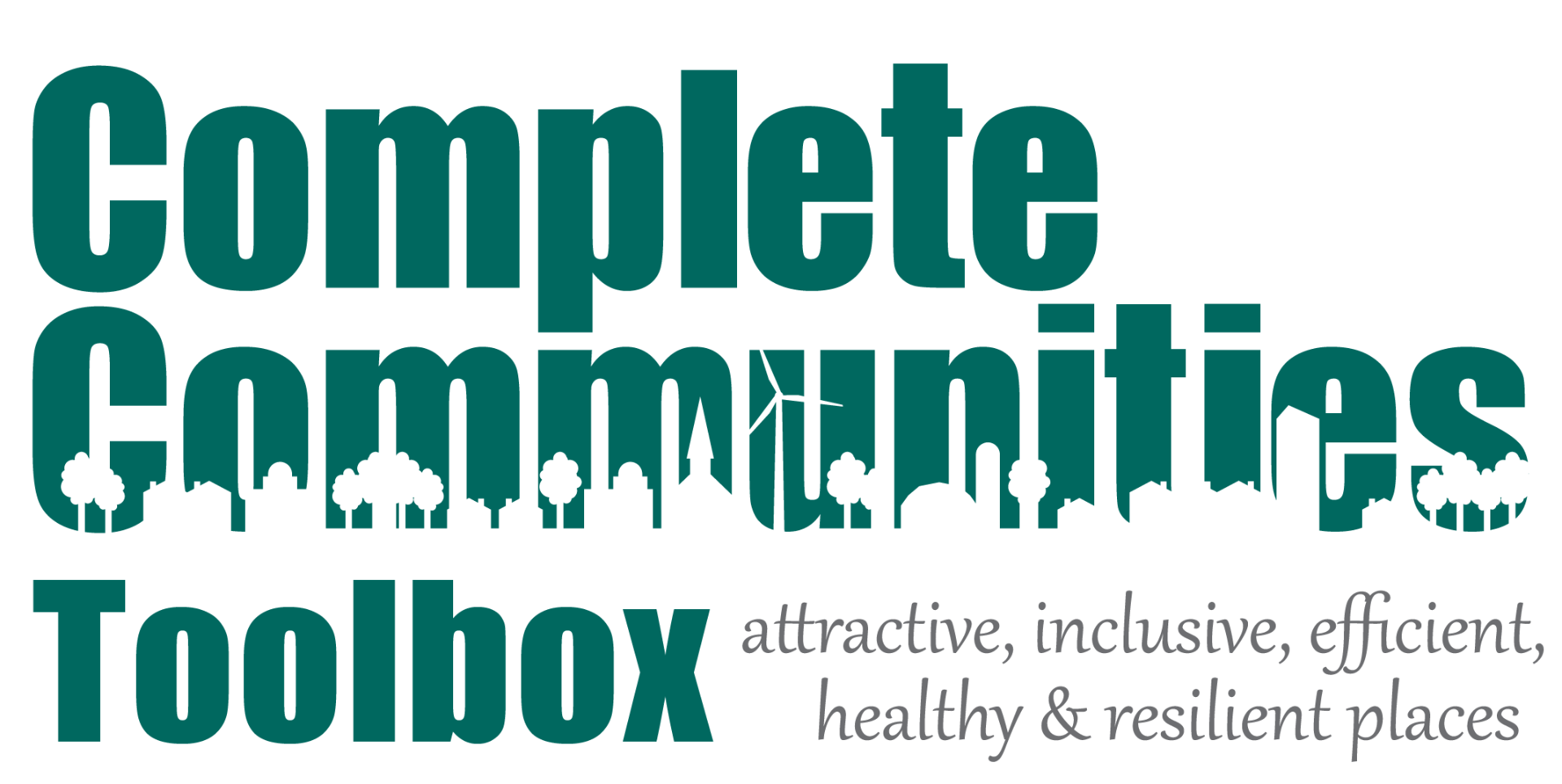SUSTAINABILITY
Overview
Most Delaware communities date back to an average age of two-hundred years old. Implementing environmental sustainability techniques are important tools to ensure these long established communities remain vibrant and healthy for the next two-hundred years and beyond. Sustainable community plans promote communities that are planned, built, or modified to adapt to sustainable living. These may include sustainability aspects relating to water, transportation, energy, and waste. However, there should be a significant focus in communities on environmental sustainability within land development and agriculture.
Understand
The commitment to environmentally friendly practices generates further opportunities for communities to promote sustainable living. Through sustainable planning and implementation, local governments can play an important role in enhancing the community’s long-term economic, social, and environmental health—while supporting the safety, welfare, and quality of life of its citizens. Jurisdictions should develop a comprehensive outreach strategy to increase stakeholder involvement and understanding of current and future risks. Early and continuous community engagement, such as with parks and recreation, ensures that decisions reflect public needs and interests, consider diverse viewpoints and values, and are made in collaboration and consensus with all community stakeholders.
Flood Ready Communities
Flood vulnerability impacts each jurisdiction in Delaware, highlighting the extreme need to make our communities flood-ready and resilient. Delaware is extremely susceptible to the dangers of flooding as it is vulnerable to coastal inundation, storm surge, saltwater intrusion, tidal wetland losses, nuisance flooding from high tides, and inland flooding from extreme participation—all of which will be exacerbated by the looming threats of higher rates of sea level rise. Each Delaware community must evaluate risks, prepare, and implement plans to address flooding caused by storms and extreme precipitation, seasonal high “king” tides, and climate change—including sea level rise.
In addition to climate change, flooding can be caused by issues associated with poor or insufficient management of stormwater, floodplains, and/or drainage—including an increase in impervious surfaces due to sprawling land use patterns and development. Flooding also impacts properties near ditches.
Rural Land Management
Agriculture is the largest industry in the state of Delaware, with an annual gross production value of $1.083 billion. There are 510,253 acres of farmland in Delaware, which encompasses nearly forty percent of the total land area in the state.
In recent decades, Delaware’s rural landscape has been under intense growth pressures from encroaching suburban development. Many rural communities and small towns across America are facing challenges, including rapid growth at metropolitan edges, declining rural populations, and loss of farms and working lands. According to the Land Trust Alliance, sprawl overtakes two acres of productive agricultural land every minute. One of the tenants of the Complete Communities approach is providing a strong delineation between town and country.
Green Building Practices
Green buildings are an integrated approach to designing and building healthy, comfortable, cost effective, and environmentally friendly living and working environments. Green building practices are primarily focused on developing sustainable sites, increasing water and energy efficiency, reducing waste and emissions, using eco-friendly building materials, and improving indoor environmental quality more efficiently than conventional designs.
Through an integrated approach, local governments have the opportunity to change the way future and some existing buildings operate, while fostering economic development, protecting the environment, and promoting the foundation for a sustainable community. By adopting green building strategies, local governments can expand and improve upon local economic development opportunities and market demand for sustainable development
Green Infrastructure
The Delaware Department of Natural Resources and Environmental Control (DNREC) defines green infrastructure as “a nature-based approach that uses a combination of engineering and nature’s own systems to address environmental challenges like erosion, flooding, and air and water pollution.” Green infrastructure reduces and treats stormwater at its source while delivering environmental, social, and economic benefits. Essentially, green infrastructure serves as a solution to urban and climate change challenges.
Plan
Each community varies in its environmental status. Communities should evaluate their environment to establish areas of concern. Sustainability is linked to many aspects of a community plan such as land use, growth and development, and infrastructure provision.
The planning stage for sustainability is a discovery process that determines the goals of the community given its current resources.

Implement
The act/implement stage of sustainability applies the planning strategies from the discovery process. These environmental actions can vary depending on the community and its desired sustainability outcomes. A variety of tactics can be considered including but not limited to efficient land use, parks and recreations, and the Delaware Byways Program. Input and participation from several stakeholders are important for successfully improving the sustainability of a community and addressing environmental concerns.
Flood Ready Communities
To prepare for flooding, Delaware communities must first evaluate their vulnerabilities and risks. Evaluating risk, based on past flood events, is a good starting point. However, it is important that such an assessment also incorporates knowledge-based flood projections to properly plan and address vulnerabilities of the potential for future flood events.
Local, state, and federal governments; private and non-profit sectors; and community stakeholders and members must work collaboratively to plan for future flood events. Adaptive planning is an ongoing process involving coordination and partnerships. Local governments should seek assistance from experts within state agencies in developing strategies to protect critical structures such as wastewater treatment facilities from flooding, protect water supplies from flooding and saltwater intrusion, evaluate the adequacy of drainage infrastructure, and incorporate adaptive measures within planning processes.
A combination of policies, regulations, and non-regulatory approaches may be used to carry out recommendations of a jurisdiction’s comprehensive plan and other official plans. Strategies should consider the need to develop in safer places, preserve natural flood protection areas, adapt critical infrastructure, and adopt high regulatory standards.
Other communities have begun to address sea level rise in their areas and local Delaware towns such as Lewes are acting on the serious issue too.
Rural Land Management
Rural communities can plan where development should, or should not go, to achieve growth and development while maintaining a distinctive rural character and way of life. Rural land management practices and policies should be considered by local government policy makers in rural areas to keep working lands viable, provide a sustainable land base for agriculture-based industries, and protect scenic rural landscapes.
Green Building Practices
Green building strategies may be used by local governments to design and build healthy, comfortable, cost efficient and environmentally friendly living and working environments. Local governments can incorporate green building practices into their planning and policy framework as a foundation for resource efficiency, a green economy, and sustainable development.
The five principles of green building practices have been established that are organized around the life cycle performance of green buildings. An integrated and comprehensive approach, the principles encompass each of the green building phases, including construction, operation, maintenance, and decommissioning.
Incorporating sustainable practices, materials, and energy- efficient products saves energy and money while protecting the environment and creating a more comfortable, healthful environment. As demand for more energy-efficient buildings increases, governments will need to consider policy changes to reduce the negative impacts and increase the positive impacts of the built environment on the natural environment and local residents.
Green Infrastructure
There are numerous inexpensive green infrastructure solutions that can be utilized at the local government level, either independently or collaboratively with project partners. This policy brief developed by UD’s Institute for Public Administration (IPA), in partnership with the Delaware Department of Transportation (DelDOT), provides information on the challenges, opportunities, policy implications, and best practices of green infrastructure approaches in Delaware. Examples of green infrastructure include rain barrels, rain gardens, planter boxes, and more. Check out other resources such as a Green Infrastructure Story Map, First State Insights podcast series, and policy brief.
Funding Resilient Communities
The Institute for Public Administration (IPA) at the University of Delaware, with support from Delaware Coastal Programs, conducted an extensive search of financial assistance programs that support the implementation of resiliency-building plans and projects in Delaware and compiled the findings into an accessible and intuitive online searchable database. The original Delaware Database for Funding Resilient Communities has merged with the Grant Opportunities Funding Portal to become a comprehensive list of grant opportunities available to Delaware municipalities. The Grant Assistance Program maintains this more expansive portal.
Resilient and Sustainable Communities League (RASCL)
RASCL is a way to “build and sustain a community’s ability to thrive in the face of environmental change.” Local governments can work together with the RASCL network, such as state, nonprofit, and academic partners to create a more sustainable and resilient community.


